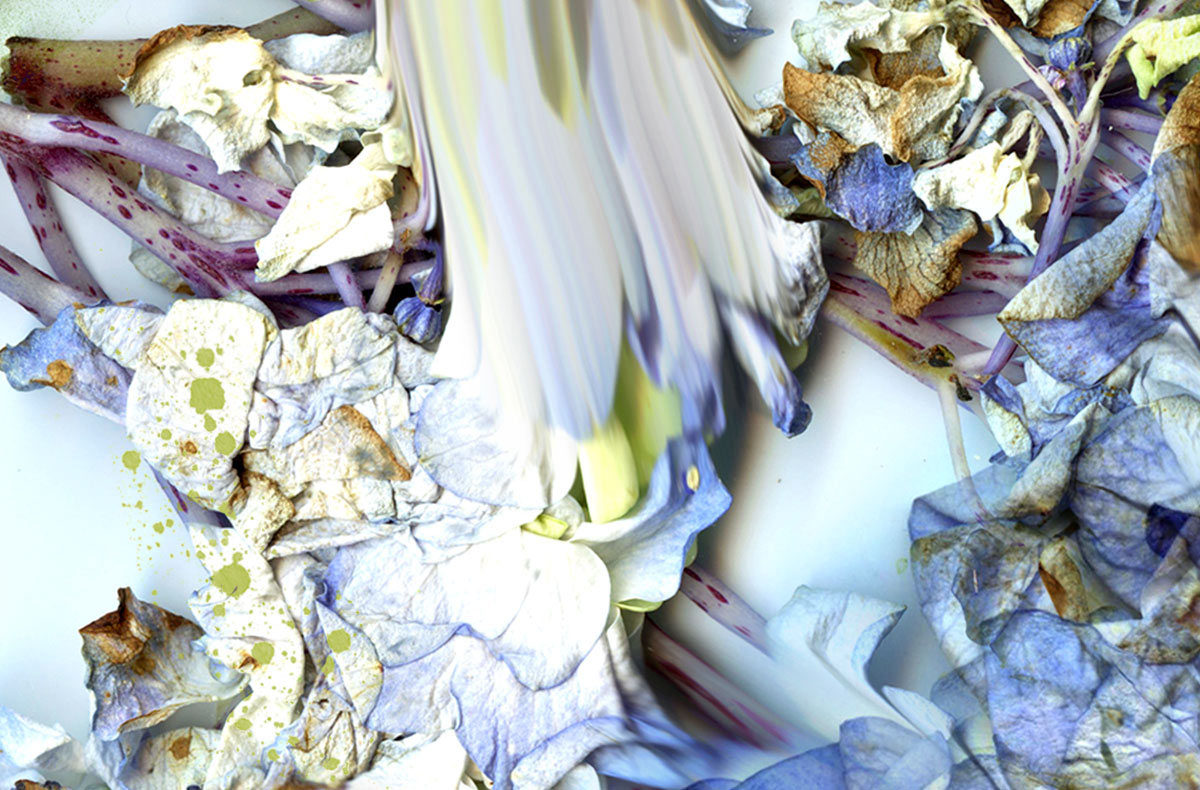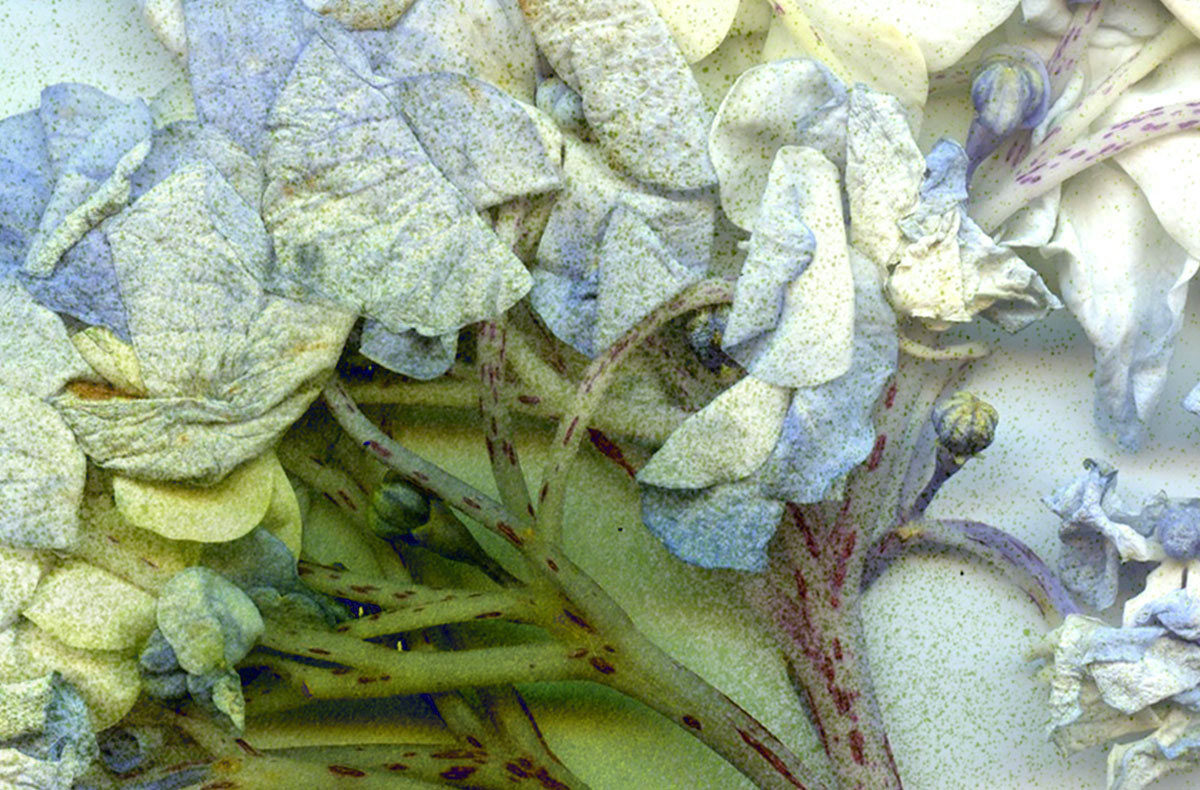By David Maggs, Metcalf Fellow on Arts and Society
Dowsing, or divining, or — if you are in the southern U.S. — doodle-bugging, is the practice of locating underground treasure, e.g. water, oil, minerals, metals, gems, or any object of desire that does not sit visibly at the surface. Dowsers use dowsing rods, Y-shaped sticks that vibrate not in response to the ground, but to the subconscious movements of the dowser, what is known as “ideomotor response.” While I doubt you’ve tried dowsing, you’ve probably played with a Ouijia board before, so the ritualized practice of nurturing unusual forms of attention is not unfamiliar.
This post is the last on the relationship between art and transformation. I’ve been dwelling here, as I feel it offers such important context for how cultural nonprofits might respond to growing pressures of social impact (extrinsic expectations) in ways that keep us rooted in artists making art (intrinsic capacities). So far, my argument goes like this: the world is increasingly preoccupied with transformative change, yet as the term becomes popular, its meaning grows hazy, so I’ve defined it as change not in what we know or do, but in what we are (being). This change at the level of being promises such depth as old self and old world become inconceivable, a sensation I tried to evoke through the image of indoor plumbing (only to get an email from someone who still uses an outhouse, which I love — internet and outhouse in the same place?). Finally, I shared the tantalizing insight from recent workshops, where participants consistently connect transformative experiences to encounters with art.
What do these ideas mean for us in practice? Can we simply deploy art’s capacity for transformative change in precise and intentional ways, waving it around like some magic wand to change a bad world into good? Let’s have cultural policy order up some transformative art about climate change? And some transformative art about racism? And more transformative art about poverty reduction? While this sounds obviously naive, the history of art and society is strewn with this desire, even if its results are rarely triumphant. Too often art and purpose come together in disillusioning fashion, producing forgettable work and little of the impact we had in mind when we began with an image of transformation and tried to make the art that would make that image come true.
One way to think about this — and there are many, so please hear this with a tone of curiosity rather than certainty — is that we are having experiences of one kind of art and trying to replicate the effects of those experiences by producing a very different kind of art altogether. We take a descriptive idea like “art causes transformation” and flip it into a prescriptive strategy like “let’s go cause some transformation with art.” But there may be a bait-and-switch happening here, where we are trying to secure the promise of one product in the performance of a different product entirely.
At the juncture between the descriptive certainty “art caused transformation” and the prescriptive strategy “let’s cause transformation with art,” something happens. Without noticing, we are no longer trying to replicate a process, but rather an effect, we are switching how art works with what art does. We become a dowser looking for treasure by digging holes with our dowsing stick, rather than allowing it to guide our attention.
Bringing art and purpose together without the typical disenchantment may hinge on avoiding this bait and switch, this difference between the kind of art we find in our transformative experiences, and the kind of art we often make in trying to reproduce those transformative experiences elsewhere.
This difference becomes obvious if we think of artistic practice as composite, as comprising two essential powers. The power of expression is the obvious one, art’s ability to make statements, to sing, say, paint, and move in compelling ways. This is the power we often reach for when we want to be useful, when we want to try and convince the world of some value we hold. I am increasingly convinced that art as a power of expression is inherently incapable of accessing the transformative energy we so often experience in our encounters with art. It is a car with a nice paint job and new wheels. Lift the hood and there is nothing underneath. Typically, it is infocentric, didactic, propagandistic — a different species entirely.
Left to their integrity, artistic processes rarely run on the power of expression alone, but instead, are intimately tied to art’s more subtle, yet no less important power of attention. Like a Ouija board or a dowsing wand, art is the capacity to pay attention to the world in unusual ways, a capacity to attend to the world in terms of the aesthetic.1 To make sense of life through lines, shapes, patterns, forms, colours, textures, rhythms, harmonies, imagery, and more. As Canadian poet Don McKay puts it, “Poetry returns from the business of naming with listening folded inside of it.”2
If we only speak with our arts, and do not listen with them first, revelation is replaced by dictation, and we can expect our audiences to engage with us as pamphlets or punditry. While not without purpose (no doubt didactic art can inform), information engages at the level of knowledge, whereas transformation requires engagement at the level of being, giving art a value proposition few can rival in this age of unprecedented need.




